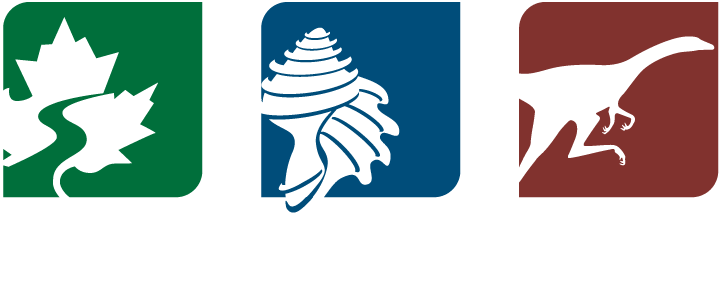HABs: Harmful Algal Blooms
Introduction
Humans are changing our environment, and those changes continually feed back to affect our health and well-being. One example of these effects of these changes is the rise of harmful algal blooms.
All around the world, harmful algal blooms are becoming more common, lasting longer, and being found in new places. Nutrients that flow into the water–for example, in runoff from agricultural fields and sewage systems–fuel these blooms. Warming temperatures are also promoting more blooms.
People and animals are put at risk by these blooms. When harmful algal blooms form, they can emit toxins that contaminate water and aquatic foods, like fish and shellfish. They can also deplete water of oxygen, harming aquatic life.
What are algae?
Algae are photosynthetic organisms that are not land plants. Some types of algae are related to plants, whereas many other types of algae are not. They range from tiny types, also called microalgae, to large seaweeds, also called macroalgae. They vary in color from green to red to golden-brown to brown. Even some bacteria, the cyanobacteria or blue-green algae, can be called algae. Algae may live in the water or on land.
Like plants, algae make their own food using the process of photosynthesis. During photosynthesis, algae convert the gas carbon dioxide (CO2) into sugar using sunlight as an energy source. Another gas, oxygen (O2), is a byproduct of photosynthesis.
What are HABs?
Phytoplankton, tiny algae that live in the water column, are the base of the food web in bodies of water like lakes and oceans. Phytoplankton can sometimes grow and reproduce very rapidly, forming an algal bloom. During a bloom, so many algae may grow that they change the color of the water.
HABs are Harmful Algal Blooms, or algal bloom that cause harm. Many HABs are caused by dinoflagellates, diatoms, and cyanobacteria, although other types of algae can cause HABs. HABs can deplete water of oxygen and release toxins.
It is important to remember that not all algal blooms produce toxins and not all algal species are harmful. Even algal species that can produce toxins do not always produce toxins. Not all algae are bad for the environment. In fact, all aquatic life depends on them!
Red tides
Dinoflagellates and diatoms form HABs in saltwater and are the algae that often cause red tides. These algae may make the water look red, brown, or golden in color. Some are even bioluminescent, producing an eerie glow at night. Both dinoflagellates and diatoms are single-celled types of algae. Dinoflagellates swim using a thread-like or whiplike appendage called a flagellum. Many have a hard shell made up of cellulose plates. Diatoms are covered by silica (glass-like) walls that are often beautifully ornamented.
Cyanobacterial HABs
Cyanobacteria or blue-green algae often form HABs in fresh water. These HABs are sometimes called cyanoHABs or Harmful Cyanobacterial Blooms (HCBs) and may make the water look blue-green or green. Cyanobacteria can occur as single cells, as thread-like filaments, or as colonies. Some can fix nitrogen, meaning that they can covert nitrogen gas into a biologically useful form, adding nutrients to water. Cyanobacteria can also form blooms in saltwater, for example the Great Salt Lake in Utah, U.S.A., and the Baltic Sea.
What causes HABs?
Several common factors likely contribute to the formation of HABs, but the specific combination of factors that triggers each bloom is still unclear. HABs are more likely to grow in warm water and in water with excess nutrients, particularly nitrogen and phosphorus. While HABs occur naturally, human activities have increased the number and severity of algal blooms in bodies of water around the world.
Warm water temperatures have become more common due to human-caused climate change. Because warm water does not mix, algae can grow more quickly in it. Algae living in the water also absorb sunlight, which increases the temperature of the water, promoting even more algal growth.
Nutrients enter water in runoff. Runoff from agriculture, sewage, erosion (for example, due to clearing land of trees), and some industrial activities can add a lot of nutrients to water, especially as that water flows into streams and rivers and then into lakes and oceans. Nutrient-laden water can cause eutrophication, a state in which algal and plant growth increases due to the presence of excess nutrients.
Development of the Harmful Algal Blooms (HABs) section of the Cayuga Nature Center website was supported by a National Science Foundation grant to Kathryn Fiorella, Christopher Barrett, and Peter McIntyre of Cornell University (BCS 2009658). The views, findings, conclusions, or recommendations expressed in this website do not necessarily represent those of the National Science Foundation.



















